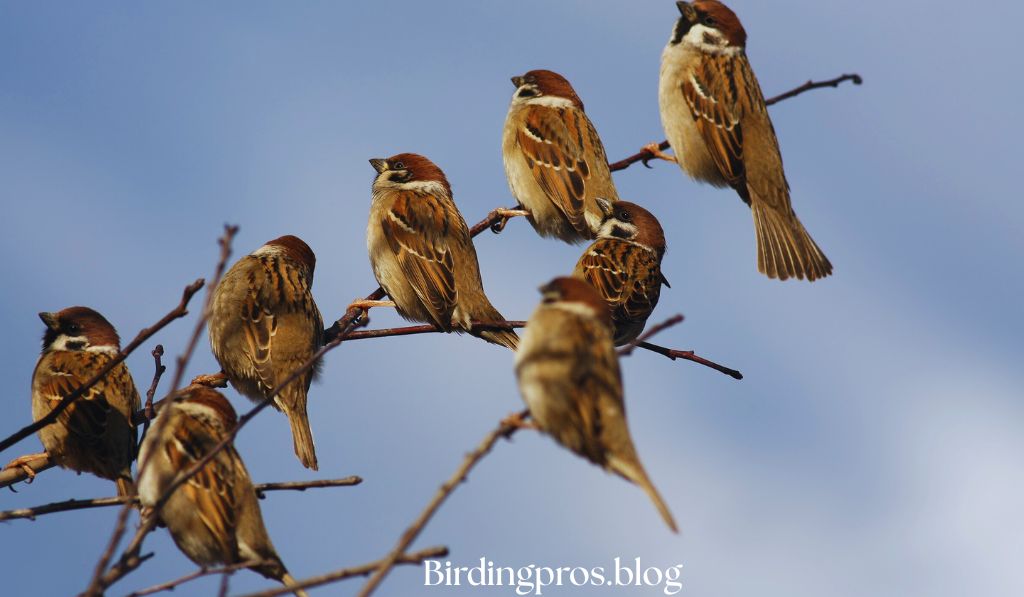California’s numerous landscapes have continuously been a haven for birdwatchers in search of rare fowl encounters.
From coastal wetlands to alpine meadows, the United states of america gives endless opportunities to witness a number of nature’s maximum elusive avian treasures.
The thrill of spotting a rare bird in its natural habitat is an experience that connects us to the wild in profound strategies.
Table of Contents
ToggleSpotting The Unseen: Rare Birds in California
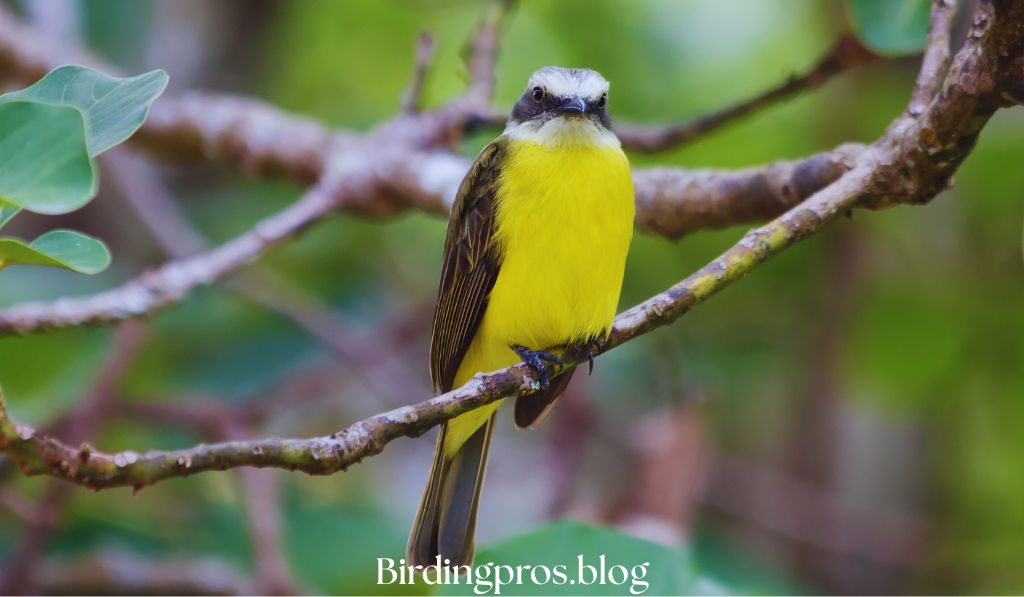
The pursuit of rare birds has captivated nature lovers at some stage in California. Wbird a super bird makes a look, the information spreads rapidly via birding companies, drawing observers from close to and away.
Recently, the sighting of a Yellow-billed Loon in Northern California created a buzz amongst birdwatchers, highlighting the country’s significance as a vacation spot for unusual bird sightings.
The Lure of Rarity
There’s something magical about encountering a superb chook. These moments create lasting recollections for observers lucky enough to witness them.
The pleasure of spotting an extraordinary bird species—perhaps one which has strayed from its regular migration route or elevated its variety—gives an unequalled thrill for devoted birders.
Every rare bird sighting represents a very unique moment in time—a convergence of the right conditions, timing, and attentiveness.
For many birdwatchers, these unusual encounters grow to be defining moments of their birding trips, recollections they will share for future years.
California’s Unique Habitat Diversity
California’s brilliant biodiversity creates great conditions for rare bird sightings at some point of the three hundred and sixty five days.
The us of a’s various topography includes:
- Coastal wetlands harboring secretive rails and uncommon migratory shorebirds
- Mountain stages in which uncommon alpine species make their homes
- Desert ecosystems website hosting specialised birds hardly ever seen some place else
- Valleys and forests imparting safe haven for numerous songbirds
This remarkable habitat range makes California a superior excursion spot for birdwatchers hoping to feature uncommon species to their existence lists.
Each surroundings helps first rate rare bird populations, with a few habitats being crucial stopover points at some point of migration.
Factors Contributing to Rare Bird Appearances
Several factors make contributions to unusual chook sightings in California:
Weather styles can push birds off course in the course of migration, resulting in vagrants performing a ways from their regular stages.
Climate change has altered migration styles, bringing previously unseen birds into new territories. Habitat conservation efforts have helped some rare species recover, growing opportunities of sightings.
When these factors align, they create opportunities for birders to witness simply excellent uncommon fowl species in sudden locations.
Historical Sightings and Their Impact
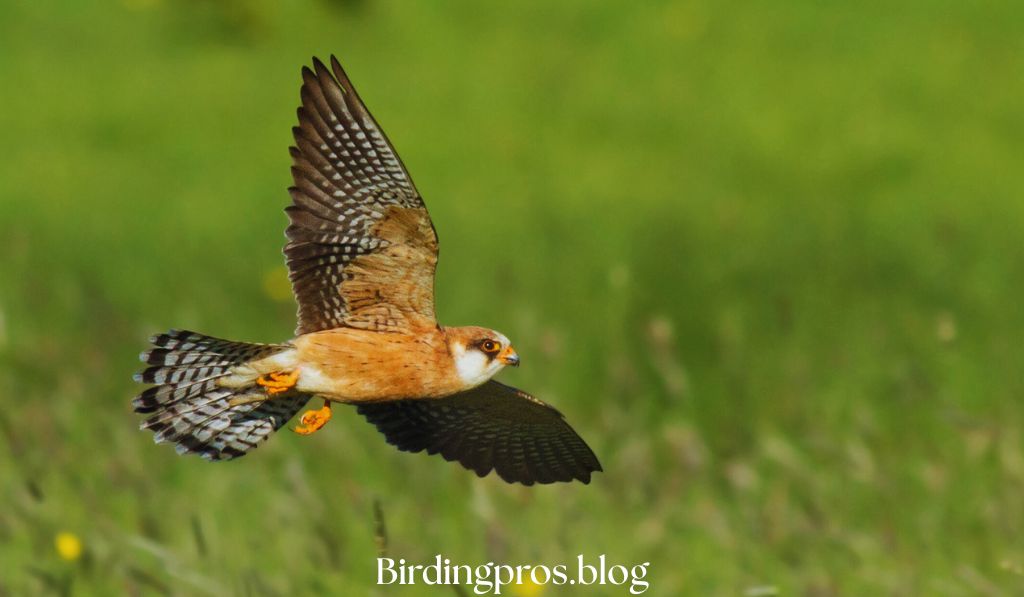
Throughout California’s ornithological facts, positive unusual bird sightings stand out for his or her significance.
These historic information now not high-quality report biodiversity but moreover inspire conservation motion.
Record Breakers
California’s uncommon when history includes some without a doubt notable sightings:
In 1985, a Red-footed Falcon from Eurasia appeared in California, marking one of the most giant vagrant records in North American birding facts.
The 1991 sighting of a Crested Caracara in San Bernardino County drew loads of observers to report this uncommon raptor an extended way from its ordinary range.
More recently, the 2016 look of a Siberian Accentor in Shasta County has grown to be an unmarried day sensation in the birding network.
Each of those unusual fowl sightings represents extra than certainly an uncommon occurrence—they contribute valuable data about bird movements, weather influences, and habitat modifications over time.
Conservation Catalysts
Rare bird sightings have regularly served as turning elements for conservation efforts in California.
When unusual or endangered birds seem in a place, they frequently spotlight the importance of habitat protection.
The California Condor’s precipitous decline caused an extensive captive breeding software beginning in 1987, ensuing in one of conservation’s best fulfillment tales.
The unusual sighting of Yellow-billed Cuckoos in riparian areas led to vital habitat designations in 1996, defending these important ecosystems.
These examples display how rare bird sightings can mobilize conservation sources and public hobby in protecting willing species and their habitats.
Documentation Advances
Modern technology has revolutionized how rare birds sightings are recorded and shared. Digital images, phone apps, and online databases have made it feasible to file and verify uncommon fowl appearances with extremely good accuracy.
This technological shift has more advantageous our know-how of rare bird movements and distribution patterns during California.
Citizen technology tasks now permit amateur birders to make contributions to precious records of approximately rare bird sightings, expanding our collective records approximately those specific encounters.
Key Species to Watch For
California hosts several unusual bird species simply worth seeking out. Understanding their developments and behavior will increase your chances of a successful uncommon bird sighting.
The Elusive California Condor
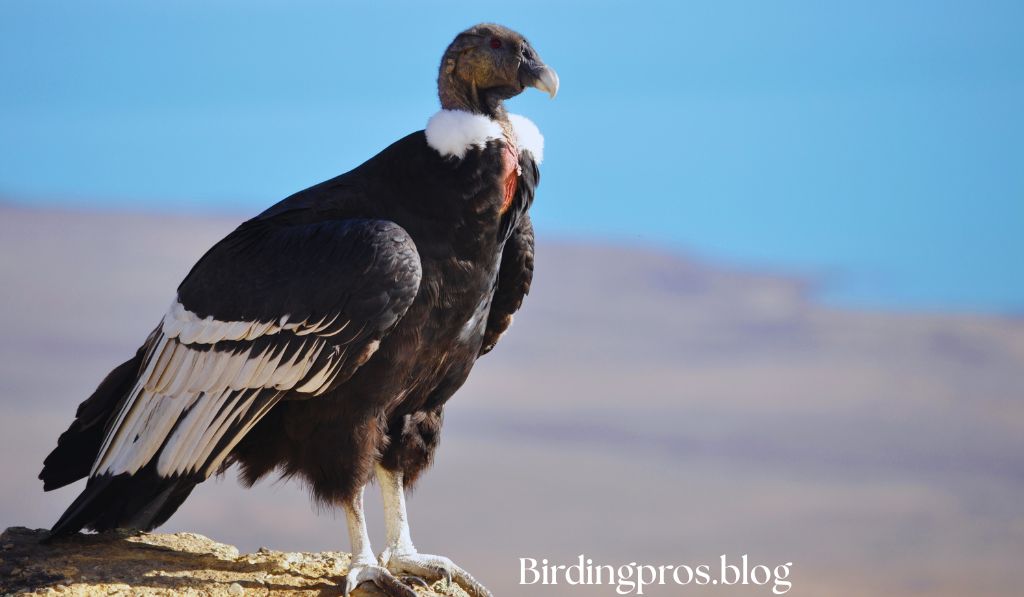
The California Condor is one of the USA’s most steeply-priced unusual bird species. Once nearly extinct within the wild, these huge birds now bounce another time over select California landscapes, even though they are exceptionally endangered.
With their thoughts-blowing nine-foot wingspan, California Condors represent an outstanding uncommon bird sighting opportunity.
Their top notch silhouette—with finger-like number one feathers unfolding at wingtips—makes them identifiable even at terrific distances.
Look for those rare birds in the rugged terrain of Pinnacles National Park and the backcountry of Los Padres National Forest.
Their bald heads and large length distinguish them from greater common Turkey Vultures. Conservation efforts help their populace get over close to extinction.
The Mysterious Black Rail
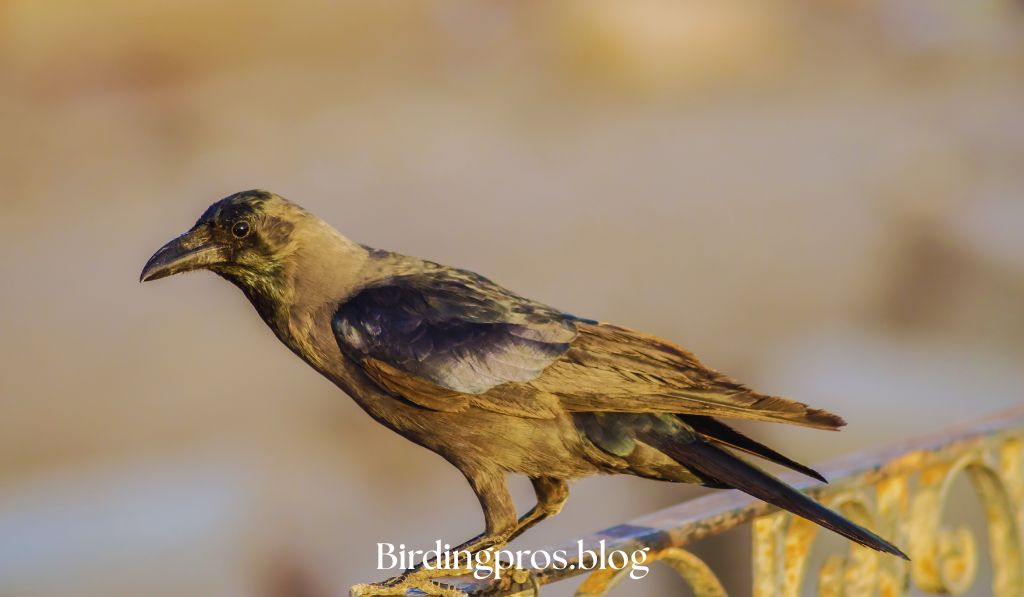
Among California’s most secretive uncommon birds, the Black Rail prefers dense wetland plant life. These tiny, mouse-sized birds do not frequently emerge into the open, making any sighting especially precise.
Black Rails inhabit coastal marshes and some inland wetlands, where their dark plumage blends flawlessly with shadowy environments.
Their nocturnal conduct causes them to be even greater difficult to check—most birders end up privy to them with the useful resource of their considered one of a kind “kic-kic-kerr” calls after sundown.
A Black Rail sighting represents one of the final achievements for California birders. Their declining populations because of habitat loss make each remark especially valuable for conservation tracking.
Rare Migratory Visitors
California’s role along the Pacific Flyway makes it a hotspot for rare bird sightings at some point of migration seasons.
Unusual climate patterns from time to time push birds a long way off their common routes, developing possibilities to look at species not often recorded inside the country.
Arctic wanderers similar to the Yellow-billed Loon every now and then appear along Northern California coastlines inside the route of wintry climate months.
Siberian strays like Rustic Buntings and Red-flanked Bluetails have made rare appearances, drawing birders from across the United states.
These rare bird sightings, at the same time as unpredictable, spotlight California’s significance as a crossroads for birds from multiple migratory pathways.
Where and When to Look
Strategic making plans increases your probabilities of experiencing unusual fowl sightings in California. Knowing the most suitable locations and timing can remodel an everyday day trip into a splendid rare fowl come upon.
Seasonal Migrations
Different seasons convey exclusive possibilities for rare bird sightings across California:
Spring (March-May) brings a wave of migratory songbirds thru the country, together with occasional rarities blended amongst commonplace species.
Fall (August-November) represents the top season for rare bird sightings, as juvenile birds regularly stray off direction throughout their first migrations.
Winter (December-February) brings northern species south, now and again together with rare birds driven beyond their regular wintering grounds.
Dedicated birders screen climate styles in some unspecified time in the future of these periods, understanding that storms can create “fallout” situations that pay attention to birds and boom opportunities of rare sightings.
Hotspots for Birders
California capabilities several locations diagnosed for producing rare bird sightings:
Point Reyes National Seashore stands out as perhaps California’s best rare bird excursion spot, wherein the peninsula’s geography funnels migrants and attracts vagrants year-spherical.
The Salton Sea, mainly at some stage in wintry weather months, draws unusual waterbirds, such as uncommon gulls from Mexico and past.
Yosemite National Park’s various elevations create possibilities to spot unusual montane species like Great Gray Owls and Black-backed Woodpeckers.
Urban parks and cemeteries now and again produce sudden unusual bird sightings, as the ones green spaces offer habitat islands in advanced areas. Desert oases like Furnace Creek in Death Valley have traditionally attracted unusual migrant birds searching for water and refuge.
Using Technology to Find Rare Birds
Modern birders use several virtual tools to boom their unusual bird sighting possibilities:
Rare bird indicators via systems like eBird notify fans while uncommon species appear in their vicinity.
Social media organizations devoted to California birding spread information about uncommon bird sightings nearly right away. Mobile apps assist with navigation to unique locations wherein unusual birds had been stated.
These technological aids have democratized uncommon chook finding, permitting even beginner birders to hook up with wonderful sightings that formerly would possibly have long passed unnoticed.
Gear and Preparation
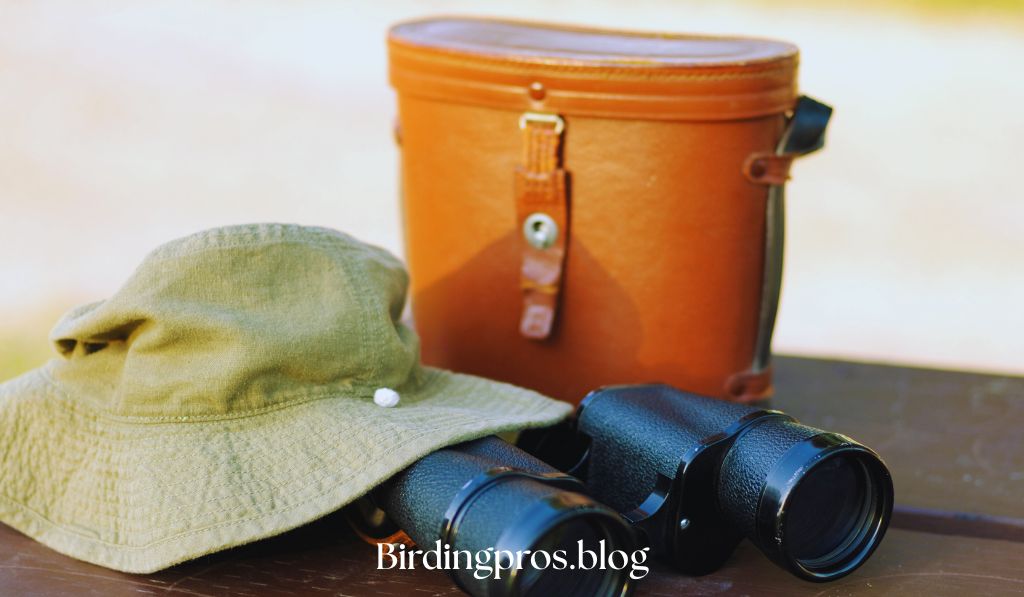
Proper device and training considerably beautify your chances of hitting rare bird sightings. Investing in top notch equipment and growing area skills can pay dividends in memorable encounters.
Essential Equipment
To maximize rare bird viewing opportunities, remember those critical tools:
Quality binoculars with suited moderate-collecting skills are vital for spotting far flung or in part obscured rare birds. A recognizing scope gives crucial magnification for searching for rare water birds or remote raptors.
Field publications—each posted and virtual versions—assist with identification of uncommon species. Proper clothing for variable California weather situations guarantees you may remain within the challenge effects.
For excessive uncommon chook seekers, sound recording tools can document vocalizations that assist affirm the identification of elusive species.
Developing Field Skills
Beyond system, positive abilities beautify your capacity to find and pick out out rare birds:
Learning to understand not unusual chook songs and calls permits you to hit upon whilst something rare is a gift.
Understanding habitat options lets in extra centered looking for specific unusual species. Developing staying power—the willingness to wait quietly and observe cautiously—often affects uncommon fowl sightings that others omit.
Regular workout improves those abilities over the years, growing your unusual chook detection skills with each trip.
Planning Your Excursion
Successful uncommon chook sightings regularly end result from careful making plans:
Research brand new sightings to your intention area before heading out. Plan visits during maximum applicable instances of day while birds are most energetic.
Allow sufficient time at promising locations—rare birds don’t seem on schedule.
Creating a rare bird sighting approach for awesome seasons lets you maximize your possibilities in the direction of the three hundred and sixty five days.
Photographing Rare Birds

Documenting uncommon fowl sightings through images provides valuable medical information at the same time as keeping non-public reminiscences of those unique encounters.
Techniques for the Perfect Shot
Capturing first-rate pics of unusual birds calls for specialized approaches:
Use a camera with speedy autofocus skills to seize brief appearances. A telephoto lens (at least 300mm, preferably longer) facilitates photo faraway uncommon birds without demanding them. Learn bird conduct patterns to assume movements and capture natural actions.
Practice right digital camera settings for various lights conditions earlier than rare fowl opportunities arise.
Even documentary-style pictures of unusual birds provide treasured clinical statistics, so do not be discouraged in case your pix aren’t exceptional.
Respecting Their Space
Ethical images practices make sure uncommon birds remain undisturbed:
Maintain enough distance to avoid converting the chook’s herbal conduct. Never use synthetic lures or recordings to attract touchy or endangered uncommon species.
Avoid drawing near nests or demanding habitat when pursuing pictures of unusual birds. Consider the impact of sharing location records for touchy uncommon bird sightings.
The welfare of the bird usually takes precedence over acquiring snap shots, irrespective of how unusual the species.
Sharing Your Finds
Photographs of uncommon birds make a contribution to scientific understanding:
Submit documented uncommon chook sightings to eBird with supporting images.
Share uncommon findings with neighborhood Audubon chapters or bird observatories. Consider contributing great rare bird pix to field courses or studies guides.
These contributions assist construct our collective understanding of uncommon hen distribution and identity.
Conservation Efforts and Success Stories
Conservation tasks play a vital function in protecting unusual bird populations at some stage in California, making sure those unique sightings remain viable for destiny generations.
Recovery Programs
Several packages especially intention unusual and endangered birds in California:
The California Condor Recovery Program has added this iconic uncommon bird again from the threshold of extinction through captive breeding and reintroduction.
Western Snowy Plover safety efforts alongside coastal beaches have helped stabilize this threatened uncommon shorebird.
Riparian habitat healing obligations benefit unusual species like Yellow-billed Cuckoos and Least Bell’s Vireos.
These applications showcase that devoted conservation efforts can contradict declining trends for even the rarest bird species.
Community Involvement
Public participation strengthens unusual bird conservation:
Citizen era initiatives like breeding bird surveys file unusual bird populations across tough-to-get entry to territories.
Habitat healing volunteers help create and preserve environments in which rare birds can thrive. Educational programs build broader consciousness about the significance of protecting unusual and threatened species.
These network efforts extend the reach of expert conservation paintings, multiplying its effect for rare birds.
Future Challenges
Despite improvement, rare birds face persevering with threats:
Habitat loss remains the primary undertaking for lots of California’s rarest bird species. Climate exchange alters ecosystems in approaches that could further endanger species already at threat.
Invasive species compete with or prey upon native unusual birds, similarly stressing their populations.
Addressing the ones challenges calls for ongoing dedication to unusual chook conservation at person, community, and governmental stages.
Joining the Community of Birdwatchers

Connecting with fellow fans complements the unusual bird sighting revel in while contributing to citizen technological information efforts.
Local Clubs and Societies
Numerous businesses welcome birders interested in uncommon species:
Audubon chapters during California prepare location trips especially focused on uncommon bird sightings.
Western Field Ornithologists offer scientific context for unusual bird observations via meetings and courses. Local chook observatories show migration patterns and report unusual web site visitors.
These companies offer mentorship opportunities for the ones new to uncommon hen identification and documentation.
Online Resources and Forums
Digital organizations assist uncommon bird enthusiasts:
The California Rare Bird Alert gadget notifies subscribers of approximately uncommon sightings. EBird’s rare hen notification carrier affords custom designed signals for precise areas.
Facebook businesses dedicated to California birding spread information about cutting-edge-day uncommon bird sightings.
These on line belongings assist coordinate the birding network’s response even as uncommon species appear.
Ethical Guidelines
Responsible birding guarantees uncommon birds continue to be undisturbed:
Follow the American Birding Association’s Code of Ethics whilst pursuing uncommon species. Limit employer sizes at the same time as journeying locations with sensitive unusual birds.
Consider the effect of playback and images on uncommon or burdened humans.These practices help shield the uncommon birds all people wish to check.
Conclusion
The pursuit of rare bird sightings in California offers countless adventures for nature fans. Each rare that comes across connects us with the brilliant diversity of avian lifestyles that graces our state.
From the majestic California Condor soaring over far flung canyons to the secretive Black Rail hiding in coastal marshes, those unique birds enhance our herbal historic past.
By developing our observation capabilities, helping conservation efforts, and sharing our findings responsibly, we make contributions to the protection of those feathered treasures.
Every uncommon sighting reminds us of nature’s functionality to marvel and pleasure—and of our obligation to maintain those moments for destiny generations.
Whether you are a pro birder with hundreds of species in your existence list or a person simply coming across the satisfaction of uncommon chook searching, California’s various landscapes offer boundless possibilities for remarkable encounters.
Keep your binoculars ready and your eyes to the skies—your subsequent unusual bird sighting is probably just around the corner.
Related posts
1. How to Create a Bird-Friendly Garden: Complete Guide
2. Best Birding Lodging in Panama: The Ultimate Guide to Top 10 Destinations
3. The Profound Impact of Climate Change on Birds Populations

